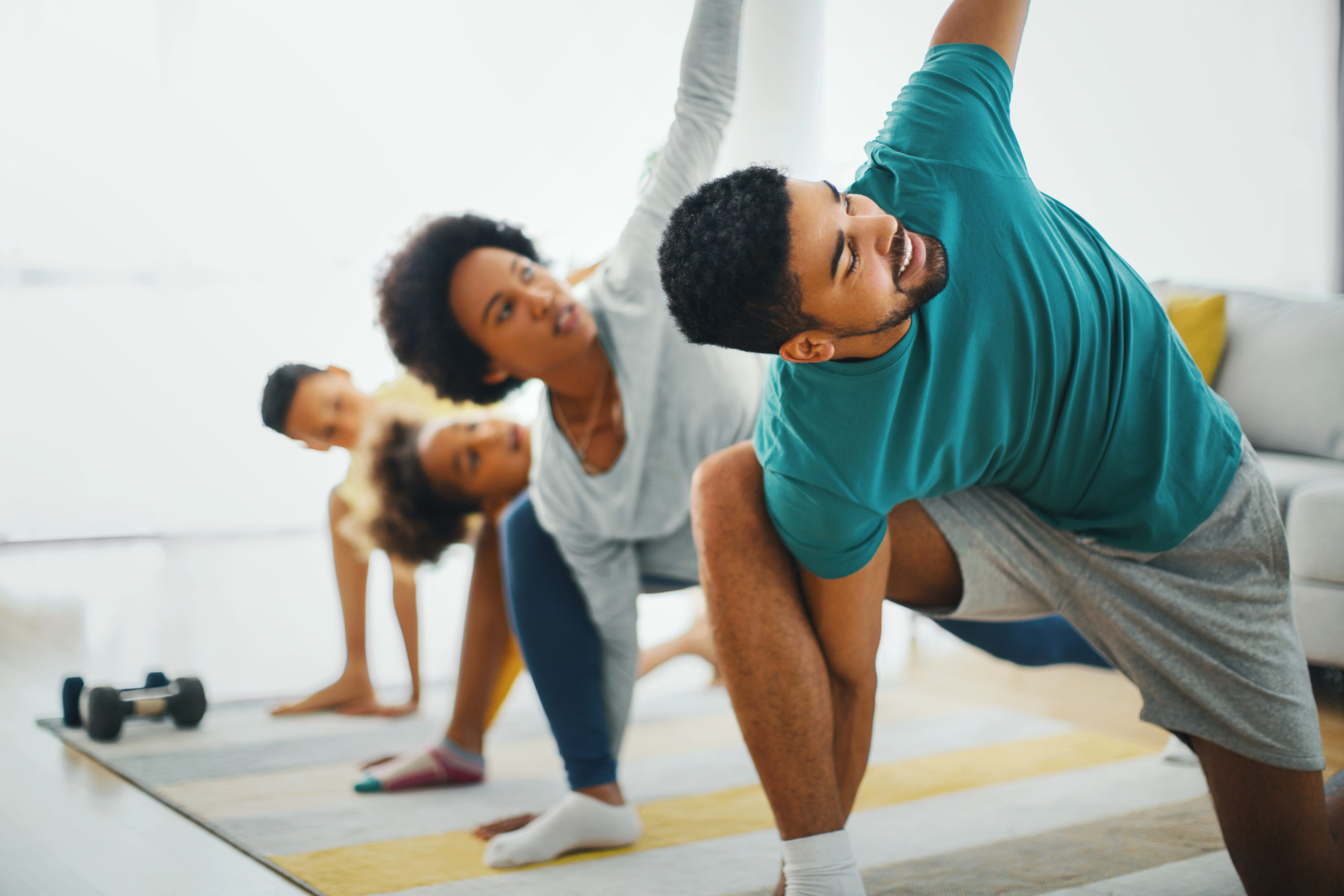Addressing Depression Through Exercise During The Pandemic
Kimberly Matone, LCMHC is owner of Matone Counseling and Testing and provides services to teens and adults
So you always wanted a job that allowed you to work from home… Well, many of us are finding out that the work from home experience comes with some strings attached. After only five months into the pandemic, the CDC reported that “40% of U.S. adults struggled with mental health or substance abuse.” Specifically, depression has become serious during this time. Exercise is only one way to cope and help ourselves combat it, but we can make it a routine, fun part of our lives too.
The pandemic exacerbated depression in those who already suffered from this disorder and created it for others. Life has changed in many ways. Our routine coping skills have been taken away from us and our daily routines have been altered. Coping skills and routines can help keep depression at bay.
A major coping skill that is encouraged by counselors and doctors is exercise. Lots of gyms are closed, so we have lost one major outlet to relieve stress. The longest walk we may take could be taking a trip down the stairs. Exercise helps us increase our endorphins, which can help prevent depression. A symptom of depression is a lack of motivation. This can make it more difficult to exercise, especially if you are having to work out on your own.
Tips to bring exercise into your life during the pandemic:
- Sign up for a virtual race or walk-a-thon.
- Workout in your home. Youtube has everything from yoga, abdominal workouts, cardio, to meditation. Peloton now has an app, so you don’t have to buy the fancy bike to get the workouts! Enthusiastic, qualified instructors lead you through beginner, intermediate, and advanced classes.
- Use that old exercise equipment and buy some pretty new equipment too! Take all those clothes that have been draped over your old treadmill or stationary bike. Buy yourself more equipment so you can do those workouts from home. Buy colorful weights and a mat in your favorite design. You can even make your basement or garage look like a real gym with lights, mirrors, and music.
- Go for walks in your neighborhood or local park. The nice thing about this is that all you need is a pair of sneakers. Take time to notice nature or houses where their owners have made improvements to the house. Getting outside will help you get vitamin D which can help reduce depression and fight disease.
- Have a workout partner. Even though you cannot exercise in-person, side by side, you can hold one another accountable. You can enter a virtual race together, walk at the same time while talking on the phone, or have weekly chats to support one another in your exercise routine. Having friendships and a sense of community alone will help you feel better.
Making exercise a habit
The current recommendations for most adults is to reach 150 minutes of moderate activity per week. Most professionals will say to exercise for 30 minutes five times a week. However, breaking it down into different increments can be just as effective. For example, you might be able to find 15 minutes to exercise before and after work. To know if you are exercising moderately, you should be able to talk in full sentences, but not sing during the workout.
To get started, don’t get ahead of yourself. Start small and work your way up. Start by walking for 30 minutes and working your way up to a jog by the end of the first month. It may be helpful to run for 5 minutes and then walk for 1 minute. There is more than one way to reach that 150 minute goal.
A secret to attaining a habit is to create triggers. For example, put your athletic clothes by your bed before you go to sleep. Keep a set time to workout. Do you like to exercise before work or after work? Maybe lunchtime is best while your children are at school. Find the best time for you and put it on your calendar.
Give yourself short-term rewards for incorporating exercise into your day. After you exercise, take a bubble bath, drink your favorite cup of coffee, or call a friend. There are many long-term rewards you will notice such as better sleep, a greater sense of well-being, and of course, less depression. But the short-term rewards are what will hook you and motivate you in the beginning.
Why exercise improves your mood:
 The science is well documented. When you exercise, your body produces endorphins that activate the reward system of the brain and can bring about feelings of euphoria, clarity, and well-being. At the same time, neurotransmitters like serotonin are helping your body respond to stress. This combination of physiological processes can lead to what is commonly referred to as “runner’s high”, which is a condition where runners feel a high level of energy with little discomfort. Any long-distance runner can tell you about this state of bliss that they occasionally experience. While the experience of runner’s high isn’t a frequent, permanent, or sustainable state, the lingering positive impacts of intense cardio exercise remain with you throughout the day. This is why athletes often describe themselves as feeling “sluggish” or “off” if their training routines are interrupted for just a few days.
The science is well documented. When you exercise, your body produces endorphins that activate the reward system of the brain and can bring about feelings of euphoria, clarity, and well-being. At the same time, neurotransmitters like serotonin are helping your body respond to stress. This combination of physiological processes can lead to what is commonly referred to as “runner’s high”, which is a condition where runners feel a high level of energy with little discomfort. Any long-distance runner can tell you about this state of bliss that they occasionally experience. While the experience of runner’s high isn’t a frequent, permanent, or sustainable state, the lingering positive impacts of intense cardio exercise remain with you throughout the day. This is why athletes often describe themselves as feeling “sluggish” or “off” if their training routines are interrupted for just a few days.
You don’t have to be a marathon runner to access the mental health benefits of regular exercise. You just have to get a routine started.

Kimberly Matone, LCMHC is owner of Matone Counseling and Testing and provides services to teens and adults




